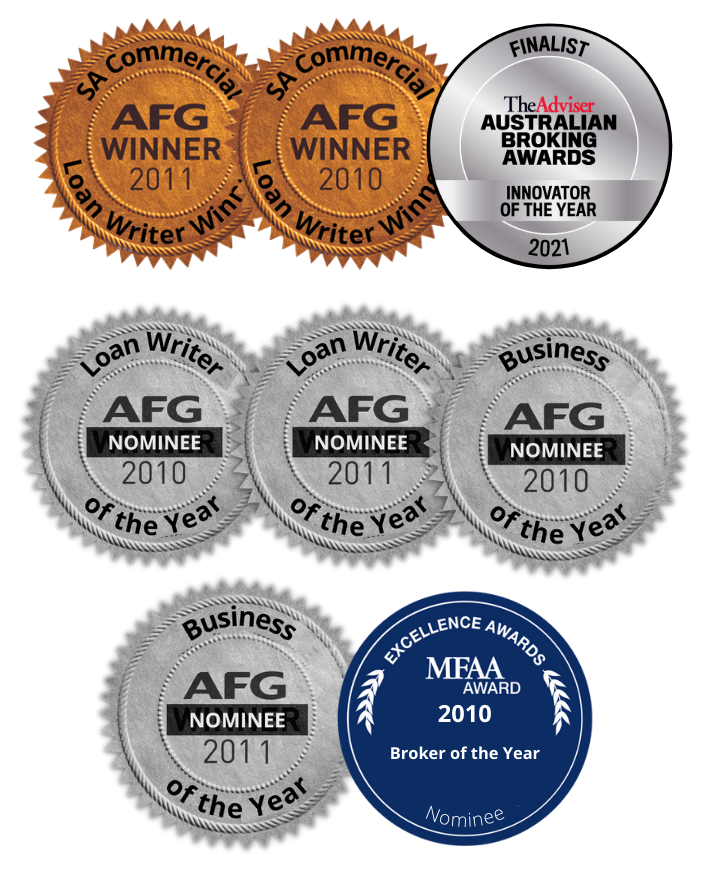To apply for a home loan, you will complete a finance application form that will ask you for details about your income, credit and savings.
By completing the application, this will help to determine if you qualify for a loan and measures your debt ratio, an important part of working out how much you can afford to borrow.
The type of documents you need for your application include:
- Personal identification such as your passport, drivers licence or birth certificate
- Property information e.g. contract of sale
- Financial information such as cheque account and savings statements
- Liabilities such as loan and credit card statements
- Income statements such as group certificates, payslips and tax returns
- A summary of your expenses such as rent payments and utility bills
As a general rule, all lenders require similar information from you. Certain exceptions may apply for different financing needs however your Finance Mutual Australia broker will walk you through the documentation you will need to produce for your specific loan requirements.



